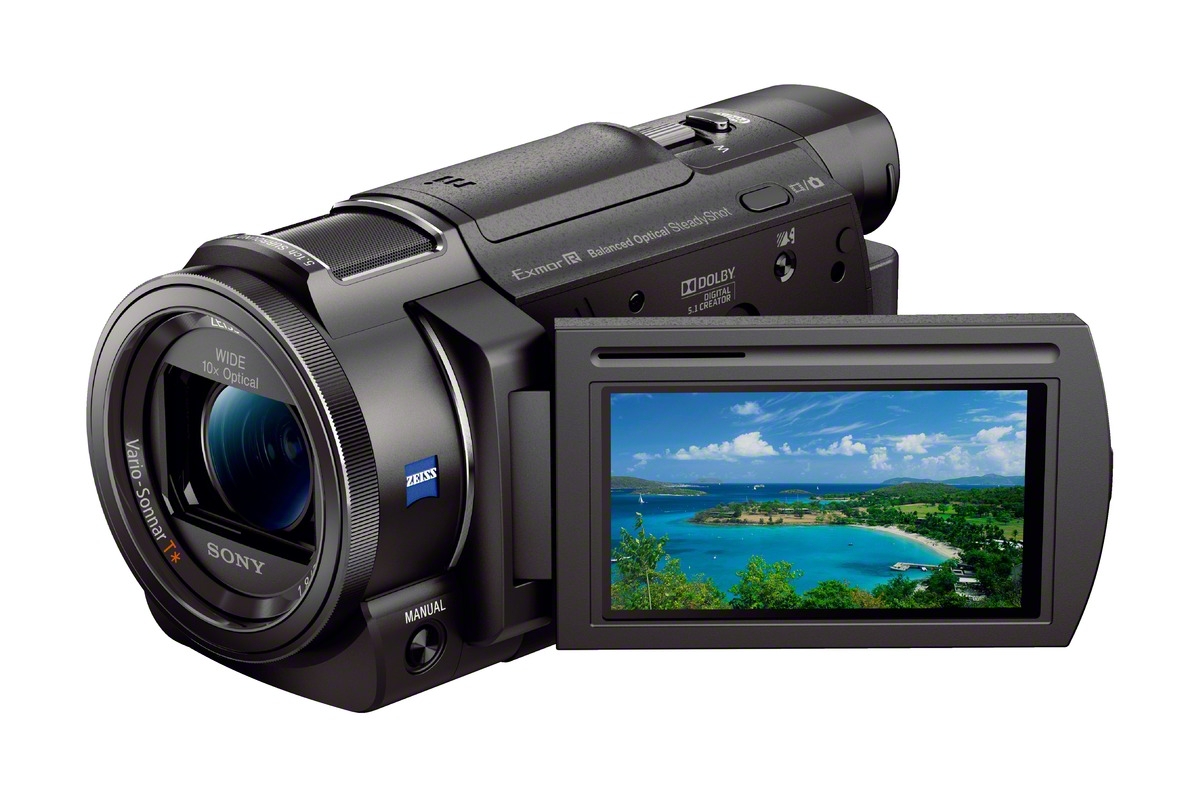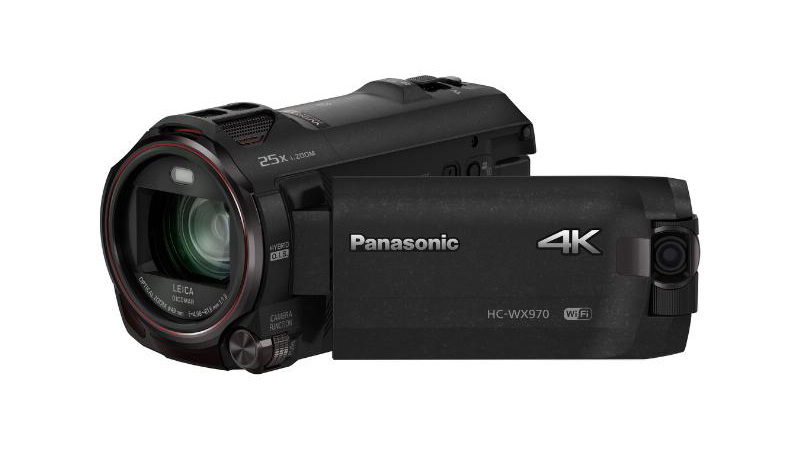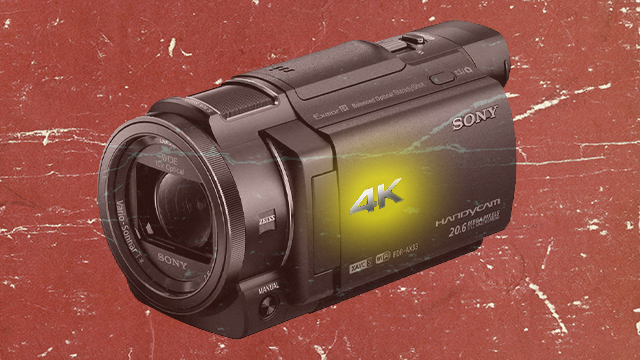Remember camcorders? They were those things you shot crappy video of your friends and family with, back before every phone and still camera on Earth gained the ability to shoot decent high-definition video. This year, they’re trying to ride 4K all the way to a comeback.
Today both Sony and Panasonic announced new 4K consumer-oriented camcorders. The devices are fairly similar, each featuring some brand-specific tech to charge the marketing phasers with. Sony’s new FDR-AX33 includes its well-regarded Balanced Optical Steadyshot, which floats the entire lens and sensor module within a gyroscope, allowing for super steady handheld shooting. Panasonic’s HC-WX970, meanwhile, features a second swivelling camera on the LCD.
But the headline on both models is the ability to shoot 4K video (relatively) affordably, doubling the resolution of Full HD for luscious depth of detail. The hope is that the rise 4K camcorders will dovetail with the sale of 4K TV sets, creating a singularity of consumer desire that will raise the camcorder sales from the netherworld.


Recording in 4K itself isn’t a new camera feature. Not only have high-end professional rigs been incorporating 4K to their models for a few years now, but mid-range mirrorless cameras such as the landmark Panasonic GH4 have successfully taken the ultra-high def dive. There are even some smartphones that shoot in 4K! But they all lack something that camcorders can provide. At least, that’s the pitch.
The advantages of good old-fashioned camcorders are mainly in their ease-of-use. They excel at running fully automated, with little for the user to worry about other than hitting Record. Still cameras are replete with buttons and settings that can be intimidating even in auto-mode. Camcorders can record for long stretches of time, where almost every still camera has a limit of about 20 minutes per clip. That rules out the possibility of setting one up in the back of an auditorium to shoot your kid’s school play. Camcorders also usually feature smaller sensors than still cameras. While that does reduce image quality, it also makes it much easier for the cam to focus swiftly on the entire scene. And don’t even get me started on the benefits over 4K smartphone camera gimmicks.
These aren’t new advantages, they have just been forgotten amidst the flood of the video-shooting smartphone. The convenience of having a video camera always in your pocket is an enormous reality to contend with for the inevitably dorky-looking camcorder. Using 4K as a crutch has at least some promise, as people investing in 4K TVs want some actual 4K content to watch on it. Currently the options are extremely limited on that front. Sony and Panasonic are hoping that offering easy-to-use 4K camcorders for $US1000 is enough.
So yes, camcorders have a shot. Who knew? It’s a small window, though. Eventually 4K will be standard on every pocketable still camera, every smartphone. It will trickle down to the iPhone, the DSLR, and the point-and-shoot. Once that happens, it’s back to the gadget graveyard. At least until 8K comes along.
